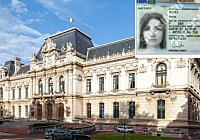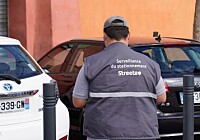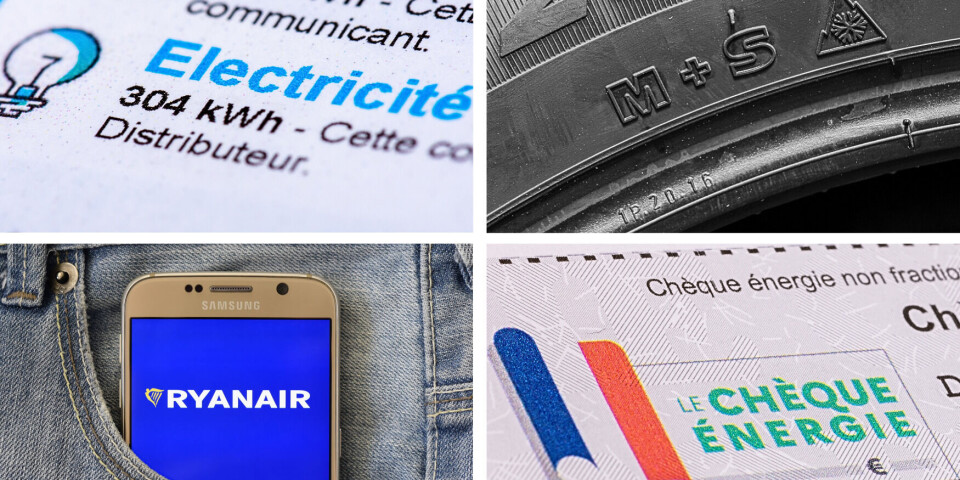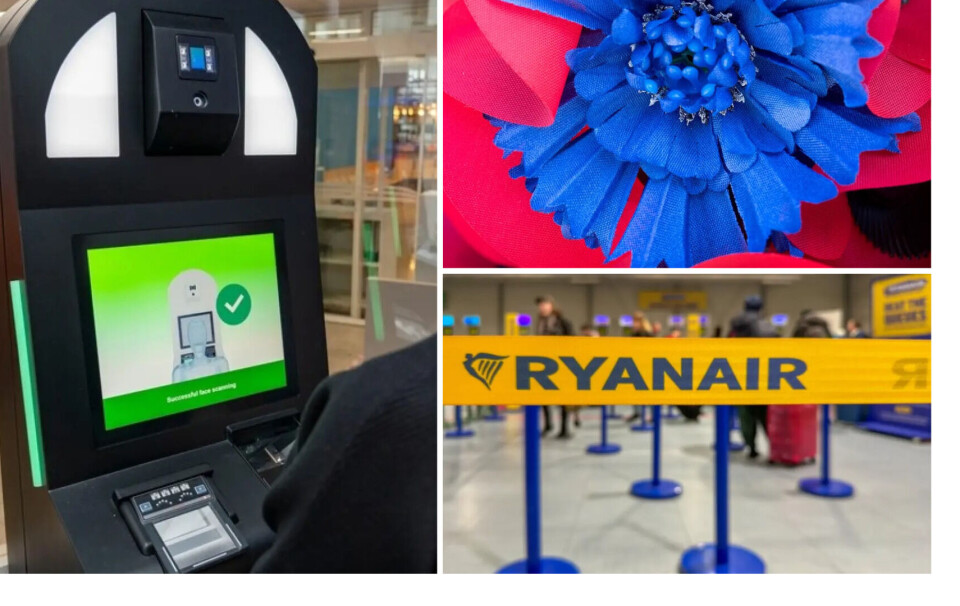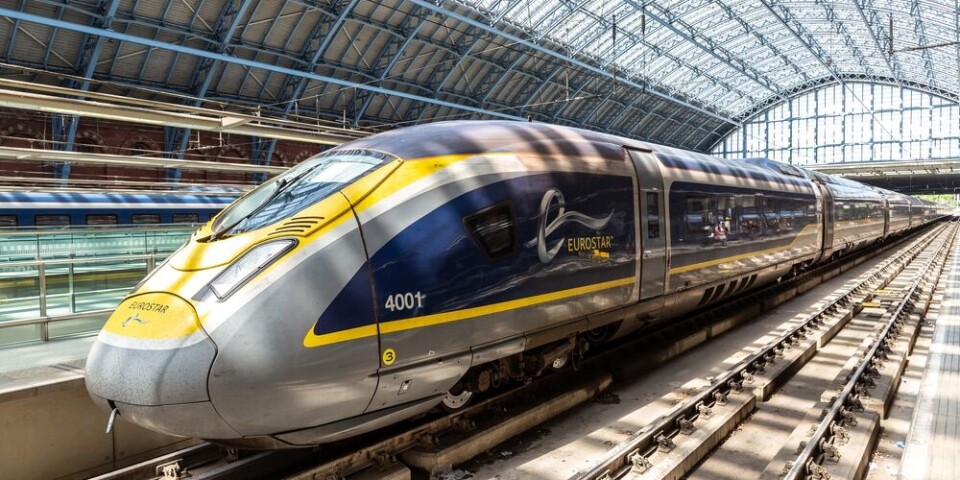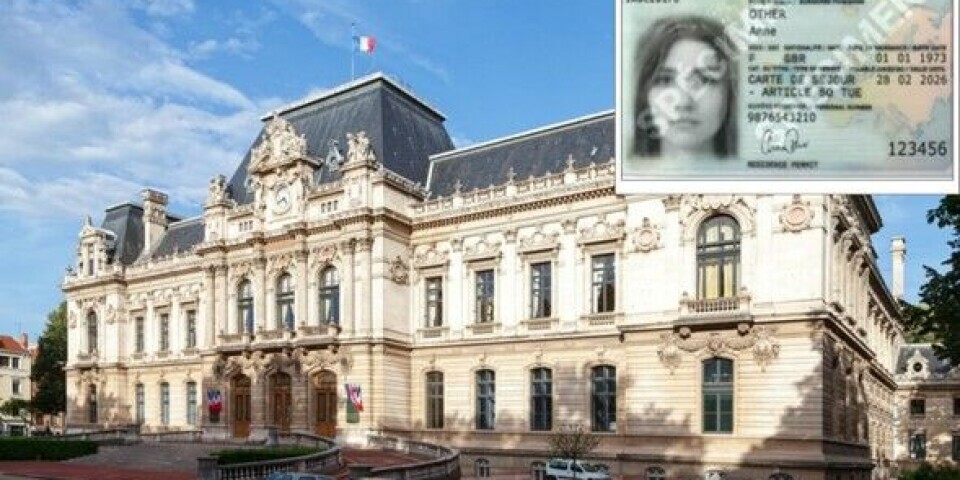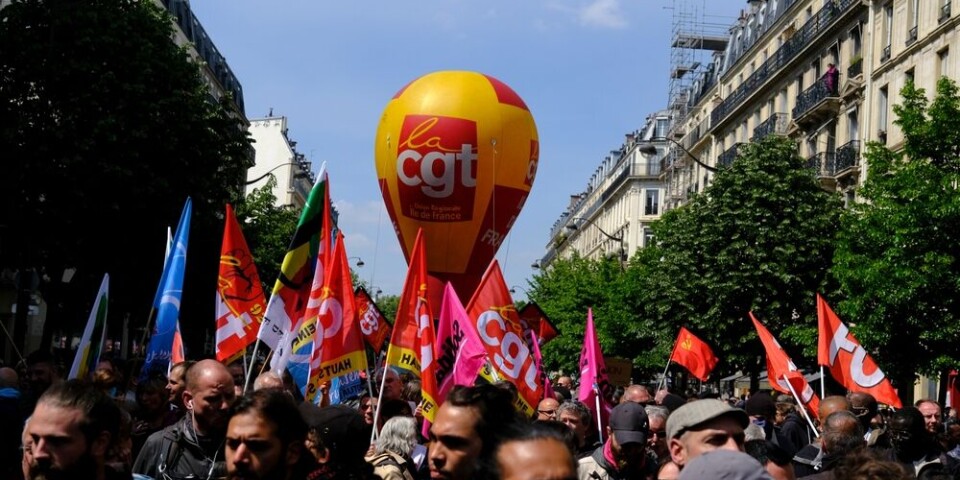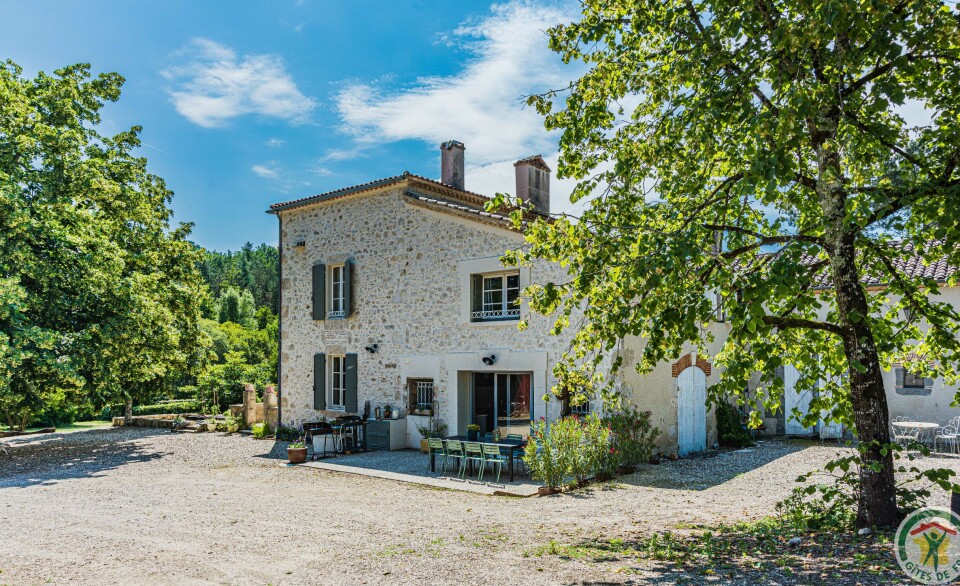Toulouse data centre's excess heat to warm 27 buildings
Project embraces a virtuous circular economy with sustainable energy use
A data centre generates lots of reusable energy
Avalon/Construction Photography / Alamy Stock Photo
From October, excess heat from huge computer servers in Toulouse will be used to heat 27 buildings.
Located in the city’s Montaudran suburb, near the Halle de la Machine which houses giant animated machines, the surplus heat will be recovered from the servers that house the university’s data and a supercomputer for Météo France.
“Transforming the heat from a data centre into energy to heat homes and offices is entirely possible, and is even a European obligation,” Stéphane Raison, EDF’s Director of Large Consumer Installations, told France Bleu.
Explaining the principle, he said: “When electricity is fed into computer servers, heat is generated, so part of the electricity is lost. And so this heat that is generated, we’re going to try to reuse it. What could be better when you’re in suburban or urban areas than to reuse this heat to heat buildings, to heat industries for other industrial uses?”
“In fact, it’s a virtuous circle. We’re in a circular economy,” he added. “It’s a European obligation to carry out at least a technical and economic study of heat reuse. After that, we don’t have heating networks everywhere in France; only the big cities have them. But wherever there are, we need to carry out this study to see how heat can be reused, so that it can benefit as many people as possible.”
The Toulouse data centre has been in operation since 2019, while the heat recovery system was installed by EDF subsidiary Dalkia at the end of 2024.
The server equipment has to be constantly cooled, which consumes a lot of energy and is very noisy. The heat recovery system is connected to the city’s heating network. Dalkia engineer Marlène Rival said: “The data centre heats the buildings around it. It’s equivalent to the consumption of 1,800 homes.”
Among the beneficiaries will be a student residence with 565 apartments. Its director, Cédric Canut, enthused: “It’s very good, it represents renewable energy. Recovering heat from the processors and reinjecting it into a collective network to heat the buildings is a great solution!”


